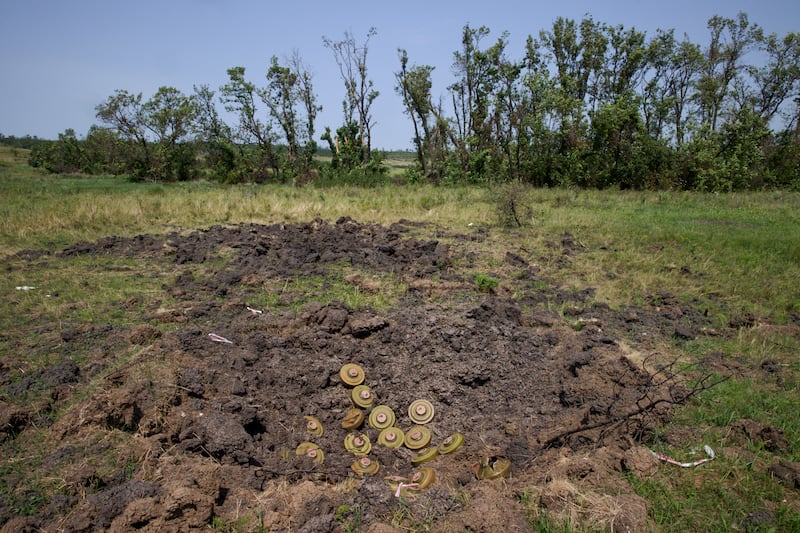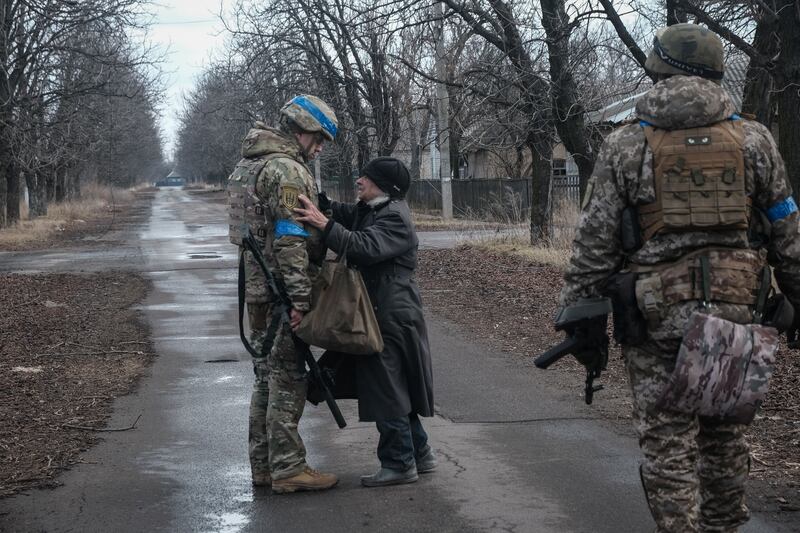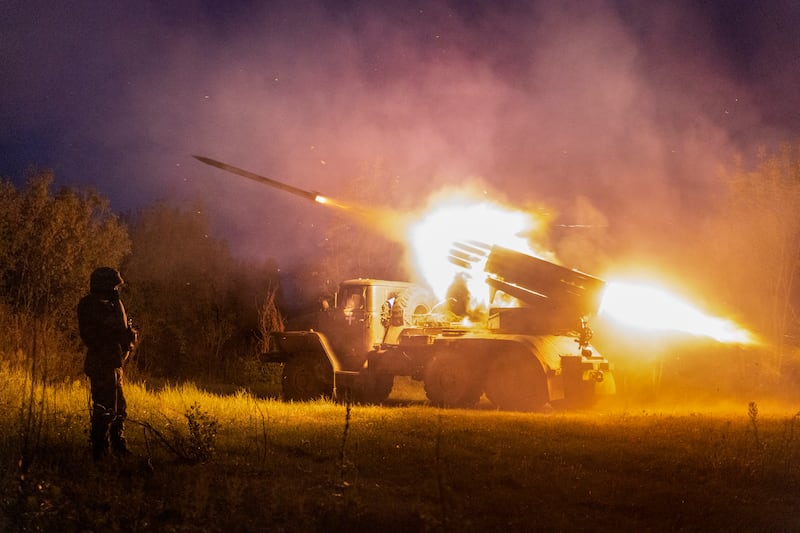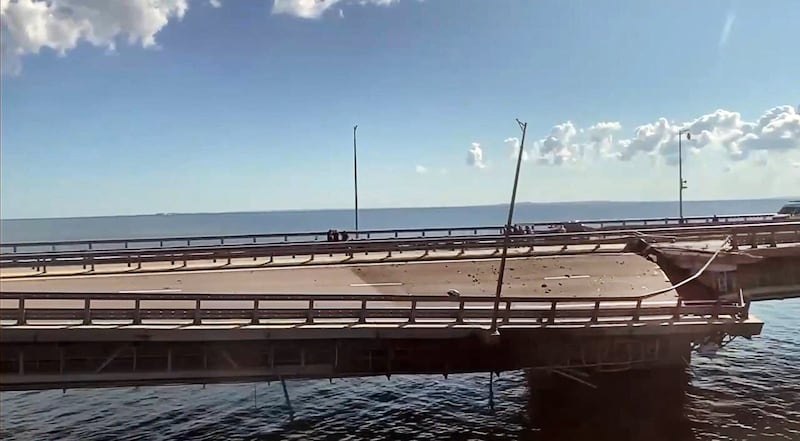Ukraine’s summer counteroffensive against Russia’s occupation force is now into its fourth month, yet the map of the battlefield has hardly changed.
In contrast to Ukraine’s relatively rapid liberation of most of Kharkiv region last September and western Kherson province up to the Dnipro river two months later, the bid to push south through the Zaporizhzhia region has been slow and costly.
Ukraine has retaken several badly damaged and largely deserted villages – most recently Robotyne, about 10km south of the town of Orikhiv – as it tries to reach the important transport hub of Tokmak, which in turn would open the road to the strategic city of Melitopol.
The recapture of Melitopol, home to 150,000 people before the Kremlin’s full invasion of Ukraine in February 2022, would cut the land link between Russia and Crimea, the Black Sea peninsula seized by Moscow in 2014, and isolate occupation forces on the eastern side of the Dnipro, including those controlling Europe’s biggest nuclear power plant at Enerhodar.
READ MORE
Melitopol remains a distant prospect, however. From Robotyne it lies across some 85km of flat terrain that Russia seized early in its invasion. Russian forces have since had ample time to turn it into a nightmare for any force trying to cross it, combining minefields, anti-tank ditches, concrete “dragon’s teeth” obstacles and trenches, some of which are rigged with explosives.
Ukraine’s soldiers have struggled to forge a path through vast and extremely dense Russian minefields – troops have reported finding five mines laid within a single square metre in some areas – under near-constant drone surveillance and frequent heavy fire from artillery, anti-tank missiles and helicopter gunships.
Kyiv’s military can only call on a fraction of the soldiers and armoured vehicles available to Moscow, and early losses of both prompted it to revert to a more cautious approach, involving painstaking demining, often at night, before proceeding in relatively small units that are less exposed to Russia’s artillery and vastly superior air power.

The tactics frustrated some Western observers who expected Ukraine throw more of its new Western-trained and Western-equipped battalions into the fray in unison, but they have now started to deliver some results while limiting losses in fighters and weaponry.
Oleksandr Tarnavskiy, the brigadier general leading the southern counteroffensive, has said his troops have pierced the first line of defence into which he estimates Russian forces sunk some 60 per cent of their time and resources; he predicts that the remaining two lines will be considerably weaker and, in theory, much easier to break.
Ukraine’s forces have also moved forward from the town of Velyka Novosilka, about 90km east of Orikhiv, on a line that would lead them to the occupied Azov Sea port of Berdyansk, which is about 130km south of the recently liberated village of Urozhaine.

Kyiv said on Friday it had retaken the village of Andriivka on the third spur of the counteroffensive, south of the devastated city of Bakhmut in the eastern Donetsk region, which Russian forces led by Wagner mercenaries occupied in May after months of fighting.
Ukraine’s efforts around Bakhmut prevent Russia advancing towards the important cities of Slovyansk and Kramatorsk and deny the Kremlin one of its immediate goals – full control of the Donetsk region – while also tying up some of Moscow’s best forces that could otherwise reinforce the Zaporizhzhia axis.
Russia’s military is also conducting what it calls “active defence”, intensifying attacks around the northeastern towns of Lyman and Kupiansk to knock Ukraine off-balance and force it to divert troops away from the counteroffensive.

While a war of attrition continues over remote stretches of road, trenches, treelines and ruined villages, more spectacular and high-tech operations help Kyiv destroy Russian command centres, arms and fuel depots far behind the front line, and boost the morale of Ukrainian civilians and soldiers alike.
This week alone, Kyiv used cruise missiles to hit a Russian warship, a submarine and an advanced air defence system in Crimea, following up on recent drone strikes on Moscow and Russian airbases hundreds of kilometres from Ukraine, and marine drone attacks earlier this year on a Russian naval vessel in the Black Sea and the main bridge between Russia and Crimea.

This “deep war” not only degrades Russia’s supply lines and lifts Ukrainian spirits but also brings a little of the war back to its source, perhaps prompting more Russians to question the wisdom and competence of their leaders, and maybe even stoking the kind of dissent that erupted briefly in June with the Wagner group’s one-day revolt against the top brass.
Western arms and ammunition remain vital for Ukraine, and president Volodymyr Zelenskiy will visit the United States next week hoping to finally secure supplies of ATACMS missiles, which have a 300km range.
Kyiv hopes that obtaining US ATACMS missiles will at last persuade Germany to provide its Taurus cruise missiles, which can fly for more than 500km.



















